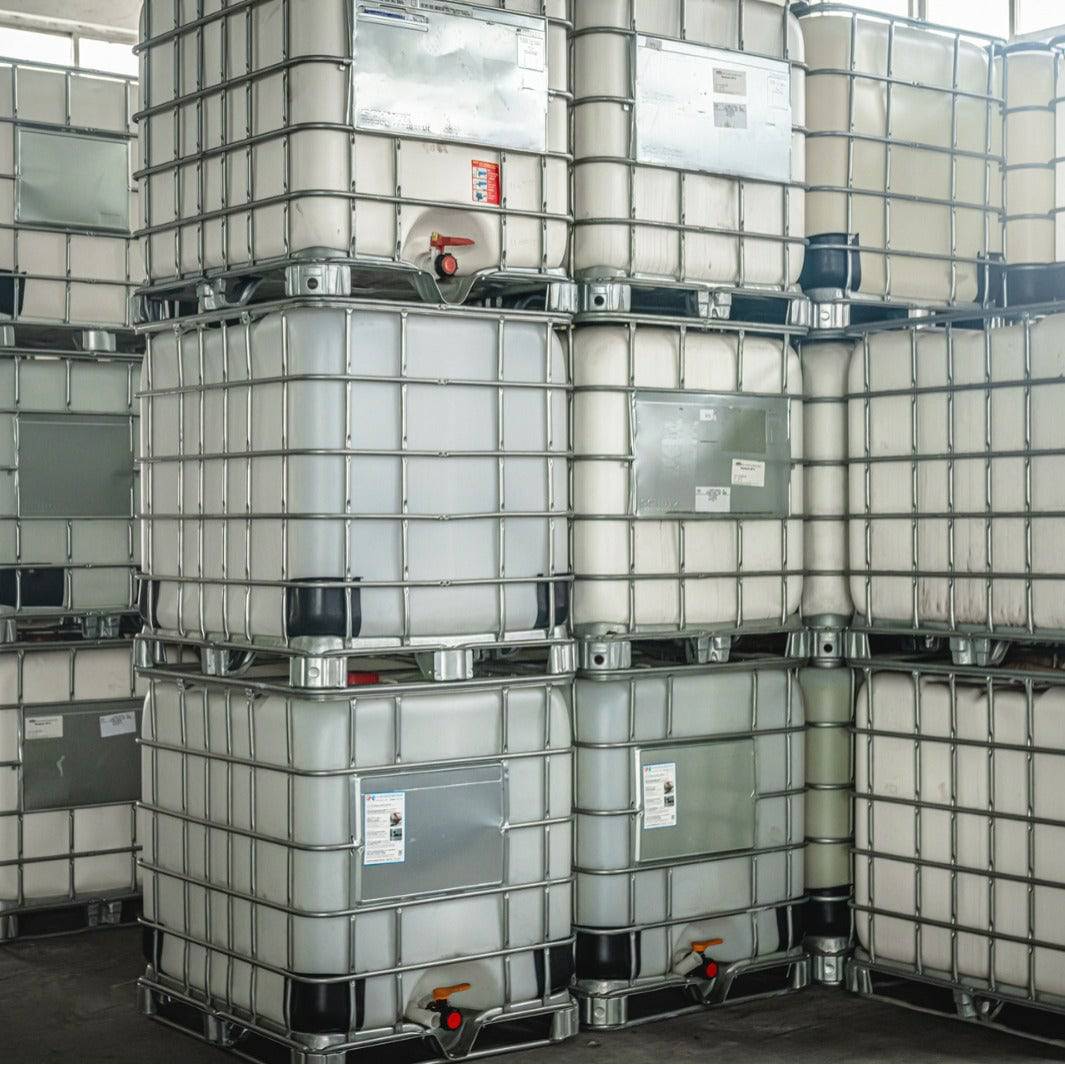Some Known Questions About Chemie.
Table of ContentsThe Basic Principles Of Chemie Not known Facts About Chemie7 Easy Facts About Chemie ExplainedChemie - An OverviewFacts About Chemie UncoveredNot known Details About Chemie
(https://telegra.ph/Innovative-Thermal-Solutions-with-Chemie-Dielectric-Coolant-and-Beyond-01-09)Measured adjustment in electric conductivity of fluid samples as a function of time when stirred with the resin example in the shut indirect air conditioning loophole experiment. Figure 6 shows the adjustment in the measured electric conductivity of the fluid samples when mixed with the material example. The conductivity of the water example from the closed loophole experiment minimized by around 70% from 11.77 S/cm to 3.32 S/cm in 6 hours.These outcomes indicated that the ability of the material depends on the examination liquid utilized for the experiment. This reveals that various ions present in the liquid will certainly lead to various ion exchange ability of the liquid. For that reason, computing the ion exchange material ability with the liquid example from the actual air conditioning loop is necessary.
The Best Guide To Chemie
An ion exchange material cartridge containing 20g of Dowex combined bed resin may take on order 938 days to fill - immersion cooling liquid. Simply put, to keep a low electrical conductivity, a material cartridge with the dimension and weight requirements as that of the resin cartridge used in the experiment, require to be altered every 30 months for the air conditioning system that was utilized in the experiment
The air conditioning of digital components has come to be a major difficulty in current times due to the advancements in the design of faster and smaller components. The use of a fluid coolant has actually ended up being attractive due to the greater heat transfer coefficient accomplished as compared to air-cooling.
Facts About Chemie Uncovered
A single stage cooling loop consists of a pump, a warm exchanger (chilly plate/mini- or micro-channels), and a heat sink (radiator with a follower or a liquid-to-liquid warmth exchanger with chilled water cooling). The heat resource in the electronic devices system is affixed to the warmth exchanger.
The demands may differ relying on the kind of application. Following is a list of some basic requirements: Great thermo-physical properties (high thermal conductivity and specific warm; reduced thickness; high unrealized warm of evaporation for two-phase application) Low freezing point and ruptured factor (in some cases burst defense at -40 C or lower is needed for shipping and/or storage space purposes) High climatic boiling factor (or reduced vapor stress at the operating temperature level) for single stage system; a narrow desired boiling factor for a two-phase system Excellent chemical and thermal stability for the life of the electronic devices system High flash factor and auto-ignition temperature (often non-combustibility is a need) Non-corrosive to materials of construction (metals in addition to polymers and various other non-metals) No or marginal regulative restraints (eco-friendly, safe, and potentially naturally degradable) Cost-effective The ideal electronics coolant is an economical and safe fluid with excellent thermo-physical residential or commercial properties and a long solution life.
The Ultimate Guide To Chemie
The majority of these liquids have a non-discernible odor and are nontoxic in situation of call with skin or ingestion. As mentioned before, aliphatic PAO-based liquids have changed the silicate-ester liquids in a selection of armed forces electronics (and avionics) cooling down applications in the last decade. An additional class of prominent coolant chemistry is dimethyl- and methyl phenyl-poly (siloxane) or typically called silicone oil.
Fluorinated compounds such as perfluorocarbons (i.e., FC-72, FC-77) hydrofluoroethers (HFE) and perfluorocarbon ethers (PFE) have particular one-of-a-kind residential properties and can be utilized touching the electronics [4, 8] Of all, these fluids are non-combustible and non-toxic. Some fluorinated linked here compounds have absolutely no ozone depleting potential and other ecological residential or commercial properties.
This coolant is classified as hazardous and must be managed and disposed of with treatment. The top quality of water made use of for the prep work of a glycol option is extremely essential for the system.
The Main Principles Of Chemie

Aside from absence of toxicity, it has no benefits over ethylene glycol, being greater in expense and more thick. This is a low cost antifreeze service, finding use in refrigeration solutions and ground resource heatpump. Similar to glycols, this can be prevented to quit rust. This fluid can be utilized to -40 C owing to its fairly high rate of heat transfer in this temperature range.
It is thought about even more hazardous than ethylene glycol and consequently has actually found use only for procedure applications located outdoors. Methanol is a combustible fluid and, as such, presents a possible fire danger where it is saved, dealt with, or made use of. This is a liquid service of denatured grain alcohol. Its major benefit is that it is safe.
4 Easy Facts About Chemie Shown
As a combustible liquid, it needs particular preventative measures for managing and storage space. Liquid remedies of calcium chloride discover large use as circulating coolants in food plants. The primary applications of these fluids are in the food, drink, drugs, chemical and climatic chamber applications, lately these fluids have been checked out for single-phase convection cooling of microprocessors.